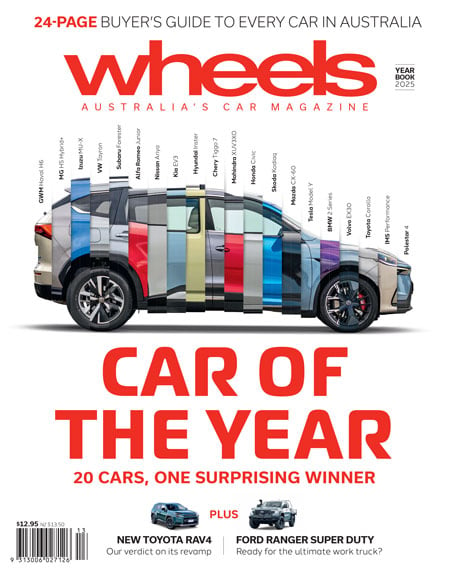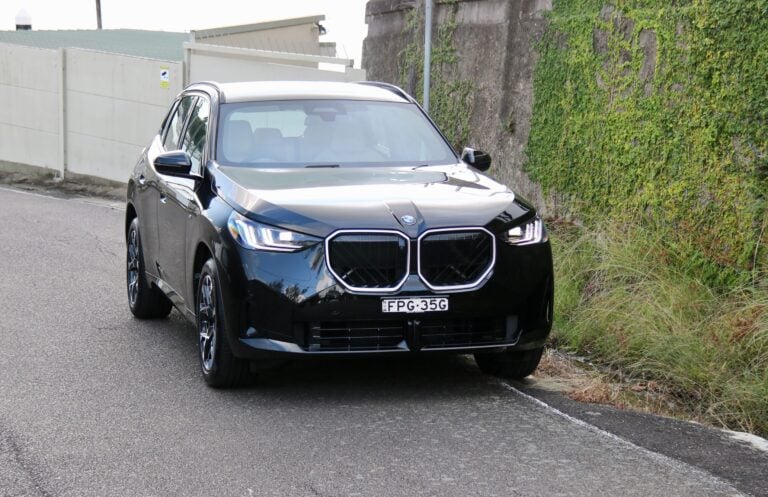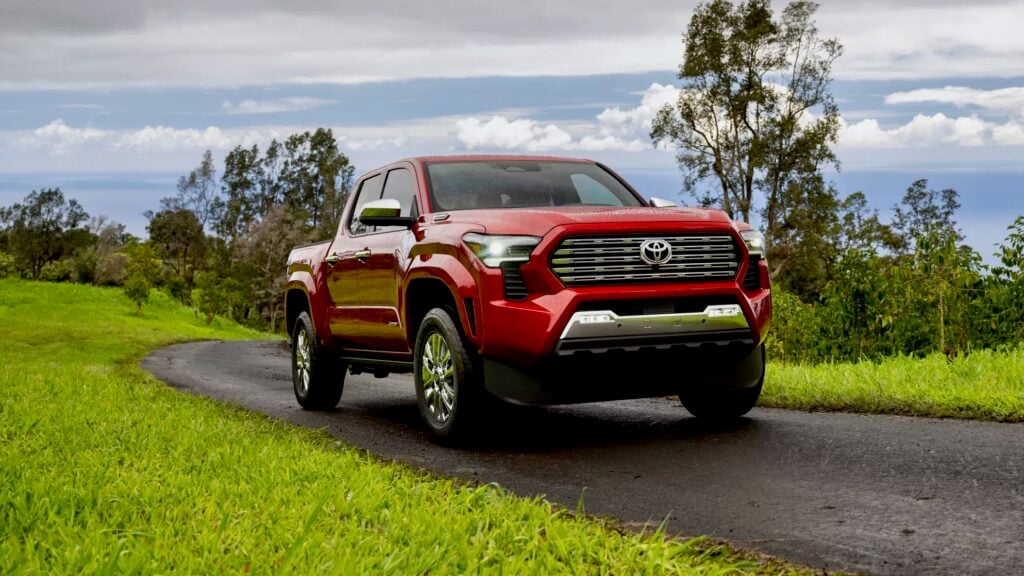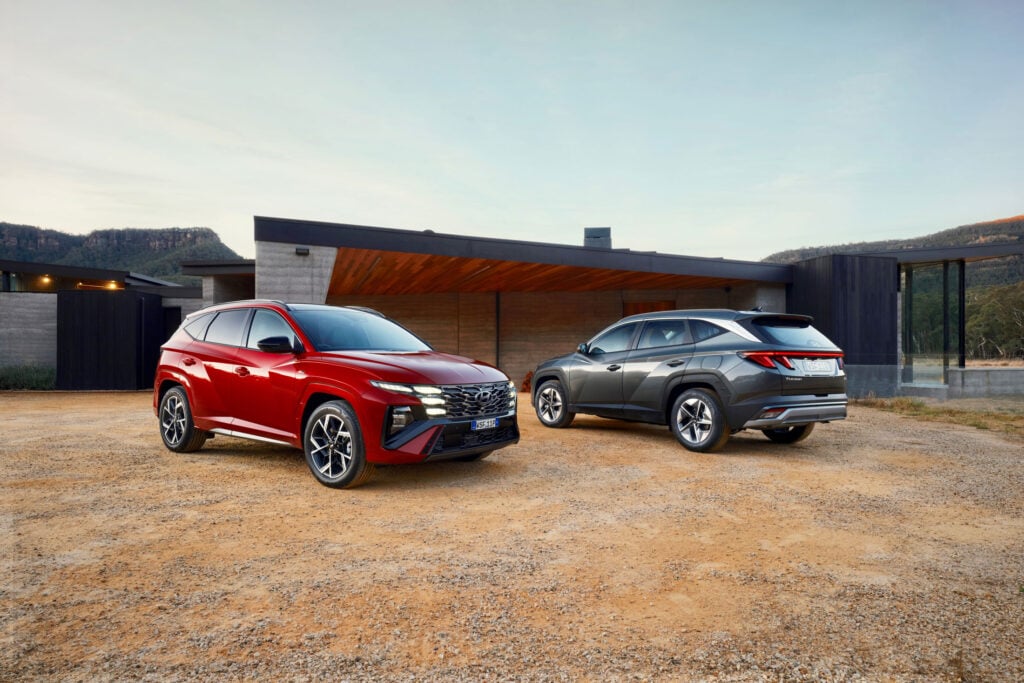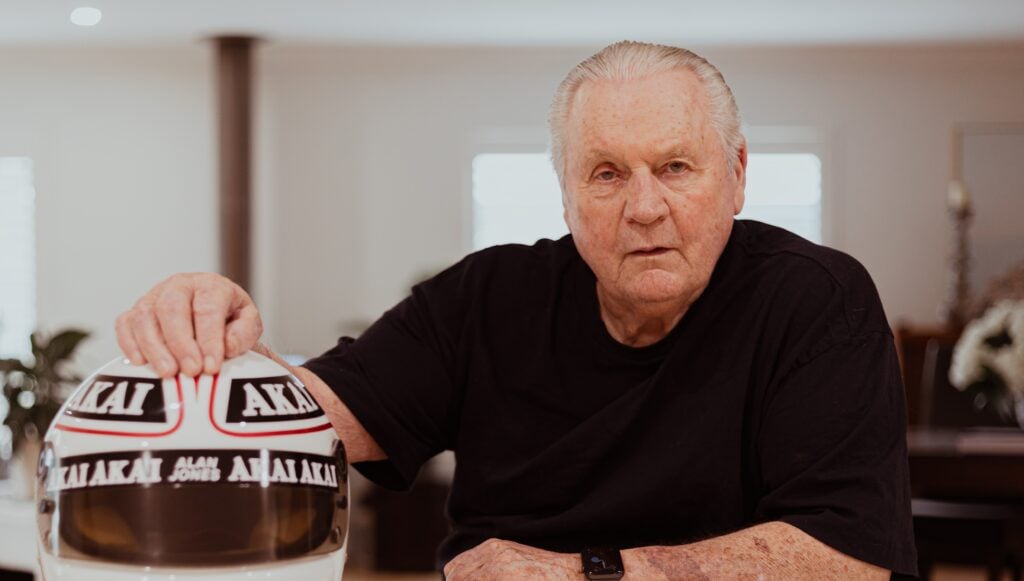It’s a fun game, predicting which cars are likely to become future classics. Of course, if anything becomes old enough and rare enough, it gains a certain curiosity value, but once in a while a car is launched and it becomes instantly and unambiguously apparent that it’s a nailed-on cert for classic status. And not even future classic status – it’s a fixture from launch.
The BMW Z3 M Coupe is just such a car. But as if to undermine the sheer arbitrariness of it all, the car that it was based on – the drop top M Roadster – has often had a lukewarm reaction from car enthusiasts. That’s because so much of what makes the M Coupe special is the way that it looks. True, the more rigid coupe body also delivers better dynamics than the rather wobbly convertible, but the divisive and extreme styling of the M Coupe has always had people either drooling or peering through their fingers in horror. There’s almost no middle ground.
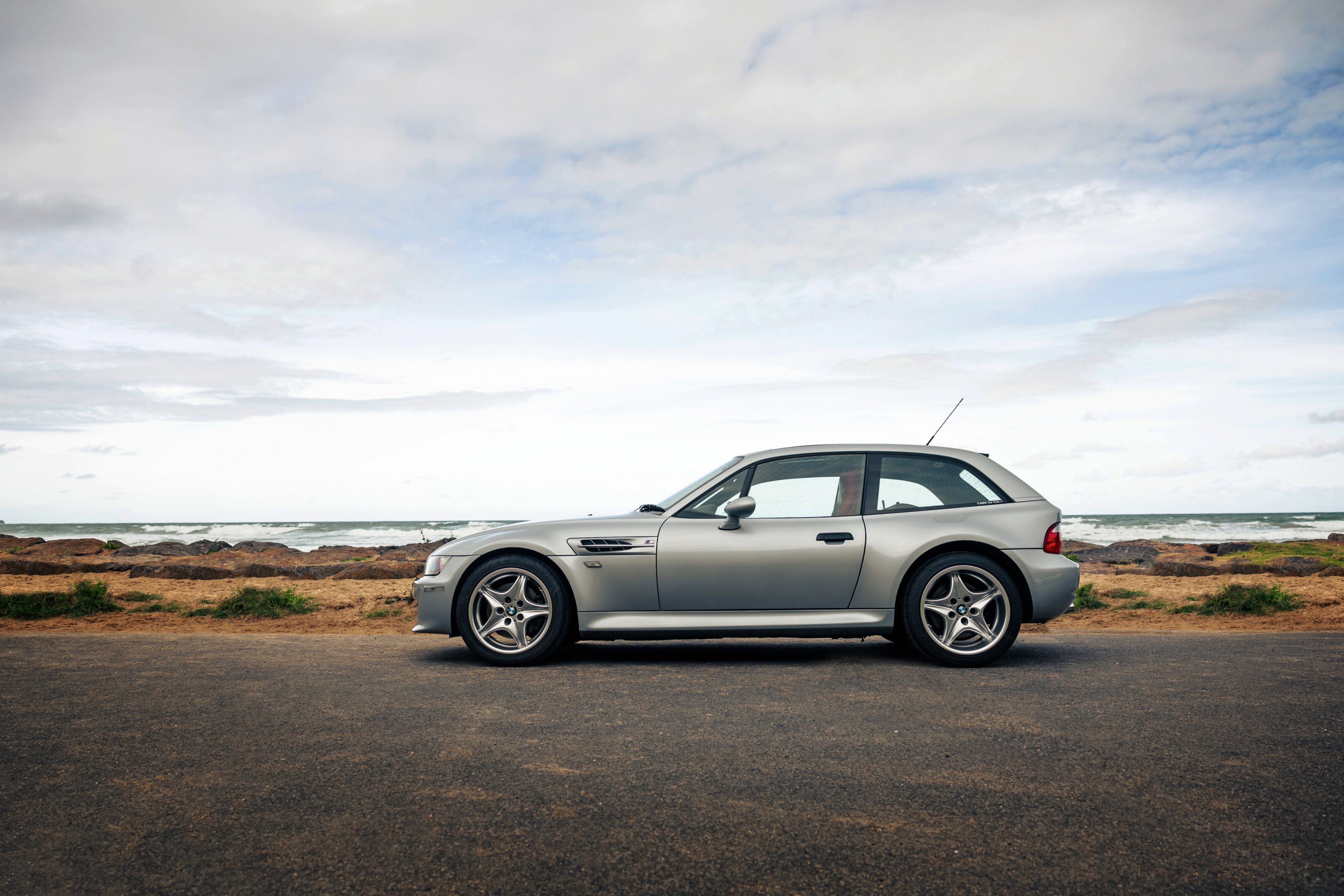
To understand this car is to spool back a long way, firstly to the initial conception of the Z3 family in general. Development of this model began in 1991, partially in response to the runaway success of the Mazda Miata in the US, and also to dovetail with the end of Z1 roadster production. Many lessons were learned from the Z1 project, chiefly around not throwing good money after bad.
Widely – and wrongly – perceived as a parts-bin special, the Harm Lagaay-styled Z1 proved both costly and difficult to build, with a peak build capacity of between 10 and 20 units per day. Only 8000 were built during its 27-month production run and none went to the US. In fact, 6443 units were sold in Germany. Rather belatedly, BMW realised quite how much money it had left on the table.
The name? The PR line is that the Z in Z1 stands for Zukunft, German for ‘future’. The truth is a
little more prosaic. ZT was the internal designation for BMW Technik GmbH, the department run by Dr Ullrich Bez where the Z1 was conceived. All project codes there started with Z. With typically Germanic logic, large projects got the Z code with a single digit following, medium-sized projects had the Z appended by two digits and there were three digits for small projects. So Z1 was simply the first big project that Technik undertook. Once the car was approved for production, it needed an official Entwicklung (development) number. It was assigned the internal designation E30/Z. It was also the very first BMW to use the sophisticated Z-axle rear suspension, more of which later.

BMW realised that the Z1’s successor could not be such a boutique offering. It needed to shift some serious units, and the most cost-effective way to do this, the company reasoned, was to build a factory in the US. Spartanburg, South Carolina was chosen, due to its road and rail infrastructure, plus access to Inland Port Greer. It was a smart choice. There was ample available labour, due to the recent downturn in the region’s textile industry, and Tier 1 suppliers such as Bosch and Michelin were also co-located. The local airport’s runway expansion was part of the deal, as was then-state governor Carroll Campbell’s promised USD$35m in incentives. The deal was inked in June 1992 and the first car to roll out of Spartanburg was a BMW 318i on September 8, 1994. You could say that BMW’s decision was vindicated, as Spartanburg is now quite comfortably its largest production facility.
It was also a brave choice. Having acquired Rover in 1994, BMW knew that the Brits were developing a roadster themselves. It would have made short-term financial sense to piggyback onto the development of what would become the MG F, a far more technically advanced car with a mid-mounted engine and Hydragas suspension. Instead, BMW knew it had to play a longer game.
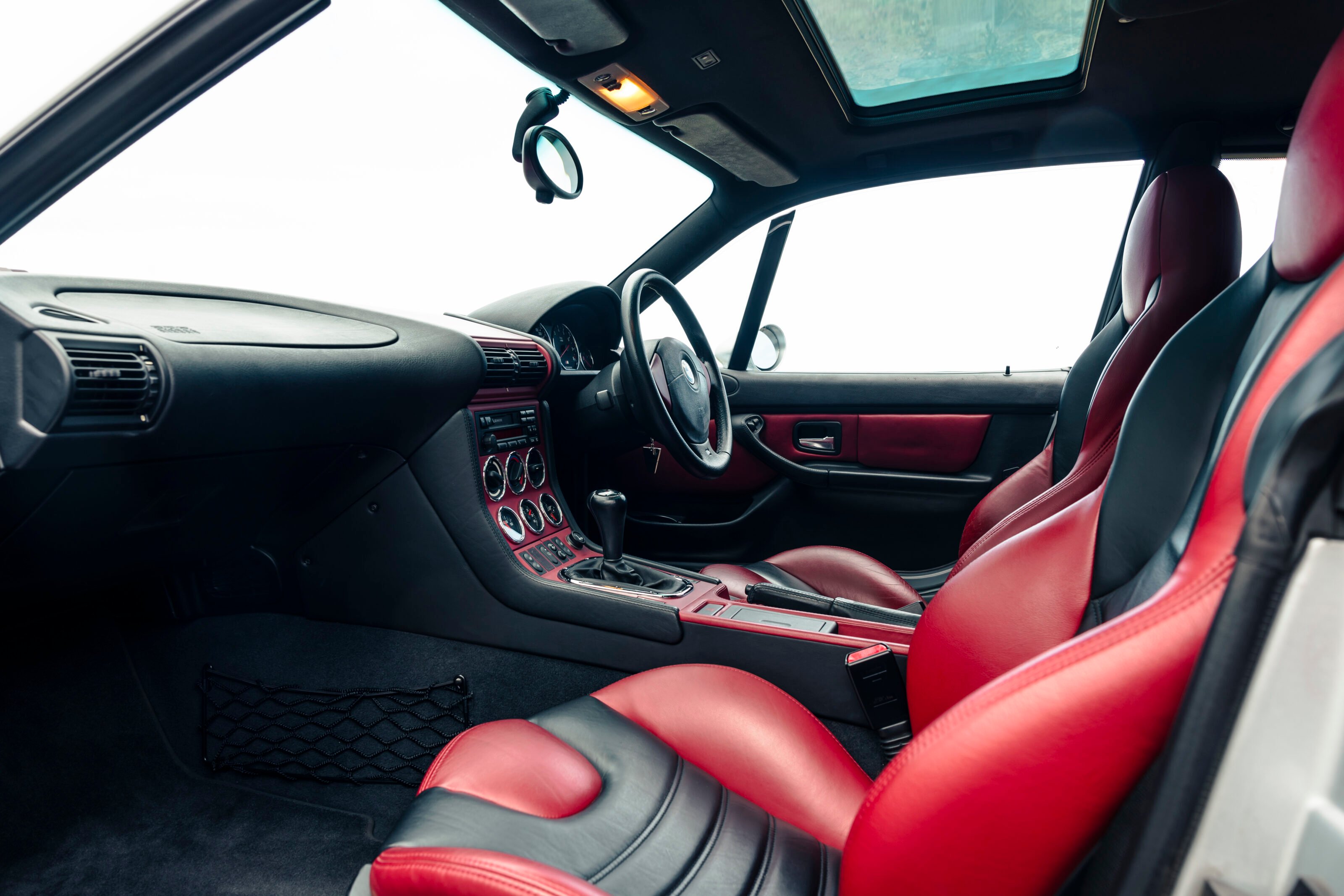
Running on a shortened version of the E36/5 3 Series Compact platform, with a hefty 246mm chopped out of the wheelbase, the Z3 was developed on the cheap. Burkhard Göschel, carrying the job title ‘Project Manager Roadster’, was in charge of the development. He commissioned Joji Nagashima to style the Z3, with the exterior design study approved in July 1992 and final design freeze coming in early 1993. The car was officially announced on June 12, 1995, with production beginning in September of that year. The Z3 featured in the generally rather awful Bond movie GoldenEye in November of that year, with the result that the entire 1996 production run was instantly sold out.
So let’s spool forward to 1997 and the launch of the M Roadster, or E36/7 if you’re an unreconcilable BMW tragic like me. At this point, the Z3 needed some help. To date, the brawny-looking Z3 had been offered with a choice of an 85/87kW M43 1.8-litre four or a 103kW M44 1.9-litre four. The ultimate driving machine it certainly wasn’t.
Cue the sixes. For the masses, the lovely M52B28 137kW 2.8-litre inline six-cylinder engine made its debut. For the M-car enthusiasts, the magnificent S50B32, all 236kW and 3.2 litres of it. Unless, that is, you lived in the US, whereupon you got the slightly less lovely S52B32 inline-six rated at a mere 179kW. For a bit more back story on that, dig out the November 2024 issue of Wheels, and the Modern Classic piece on the E36 M3.
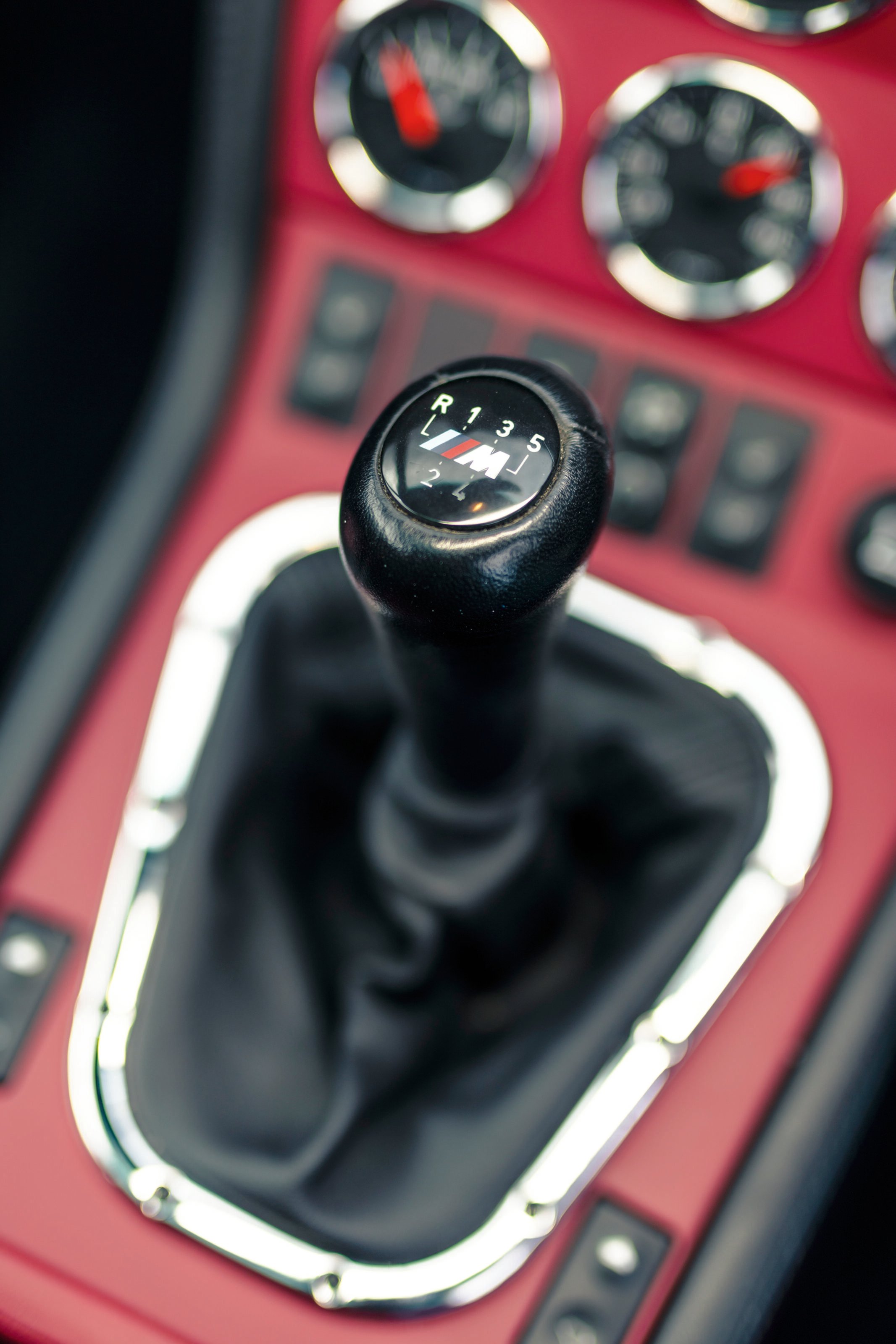
The full-fat M Roadster was a wild and hairy thing. We strapped Peter Robinson into what was at the time the fastest-accelerating production BMW of all time and set him loose at Jerez in the May, 1997 issue.
Traction control? That was our man from Glebe’s right boot. With front suspension, brakes and some of the steering from the E36 M3, there was little wrong with the strut front end. It was the rear that was in doubt, the old semi-trailing arm setup from the E36 Compact being beefed up with a rear subframe that was twice as stiff as in other Z3s, and an oil cooler for the differential. Unfortunately, the Z3 floorpan didn’t allow for the fitment of the M3’s six-speed manual, so the more compact five-speed unit had to do. At the time, with that power output it was more a rival for a Porsche 911 than a Mercedes-Benz SLK or Porsche Boxster.
BMW has a long history of what it rather appealingly calls ‘submarine projects’. To us, they’re the sorts of after-hours flights of fancy perpetrated by the most committed and enthusiastic designers, engineers and visionaries within the company. BMW even has a fund for them nowadays.
“That wasn’t planned,” says Burkhard Göschel of the coupe body. “We had several variants and said to ourselves: It looks kind of sharp. But that wasn’t an official plan, and somehow we pushed it through. But there were actually a lot of opponents. The car’s shape is somewhat polarising. But it wasn’t in the plan, and neither was the effort involved. The plan was also to develop and build the Z3 only with a four-cylinder engine. But that traditionally goes wrong at BMW.”
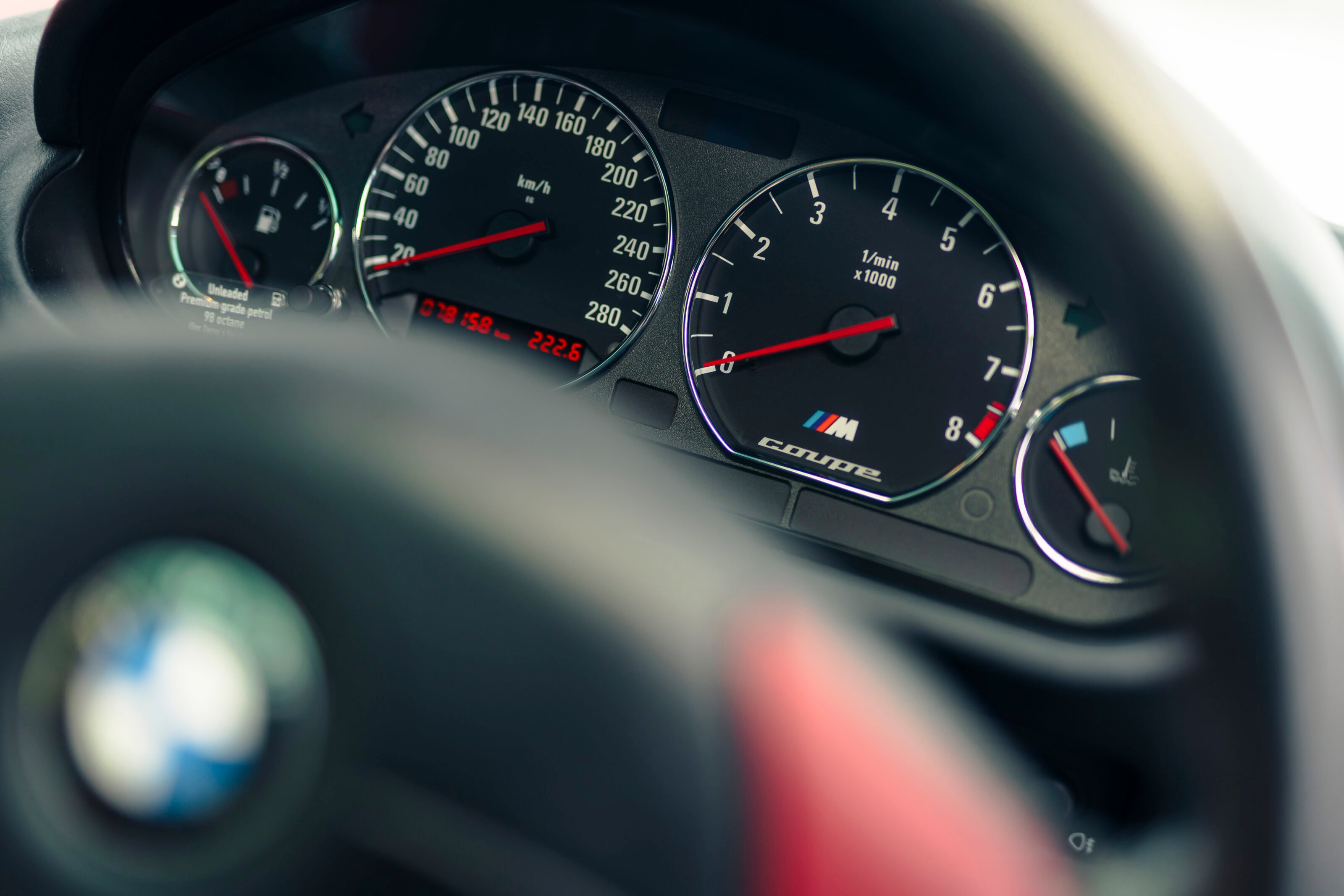
Yep, that’s right, the Z3 body was never originally designed to have a six-pot under that long bonnet
either. “We had to modify the rear end, with the rear axle,” said Göschel. He claims that the tin-top’s
unusual aesthetic created some internal conflict. “The sales were at war with the car,” he noted, claiming that BMW’s Italian sales manager pushed for the vehicle with an argument that it could only be understood with the heart, not the head. Ultimate sign-off responsibility lay with the urbane Wolfgang Reitzle who, we’re told, took quite a bit of convincing.
“So the Coupé slipped through,” chuckles Göschel. “From the construction it was a welded roof. Bodywork totally stiff. I just wanted to say if you built it on the Roadster then you had additional stiffness, but also heavier than the Roadster,” he noted.
It wasn’t by too much though, the Coupe adding a mere 25kg to the Roadster’s 1365kg dry weight.
The M Coupe’s additional stiffness wasn’t just provided by the roof panel. Reinforcing panels were placed around the windscreen, the doors and the subframe. As a result, BMW M claimed that the M Coupe was the stiffest car it had built to date, with a torsional rigidity of 16,400Nm per degree of twist – 2.6 times as torsionally stiff as the M Roadster. Dynamic stiffness was rated at 29.2Hz, the same as the E36 M3 coupe.
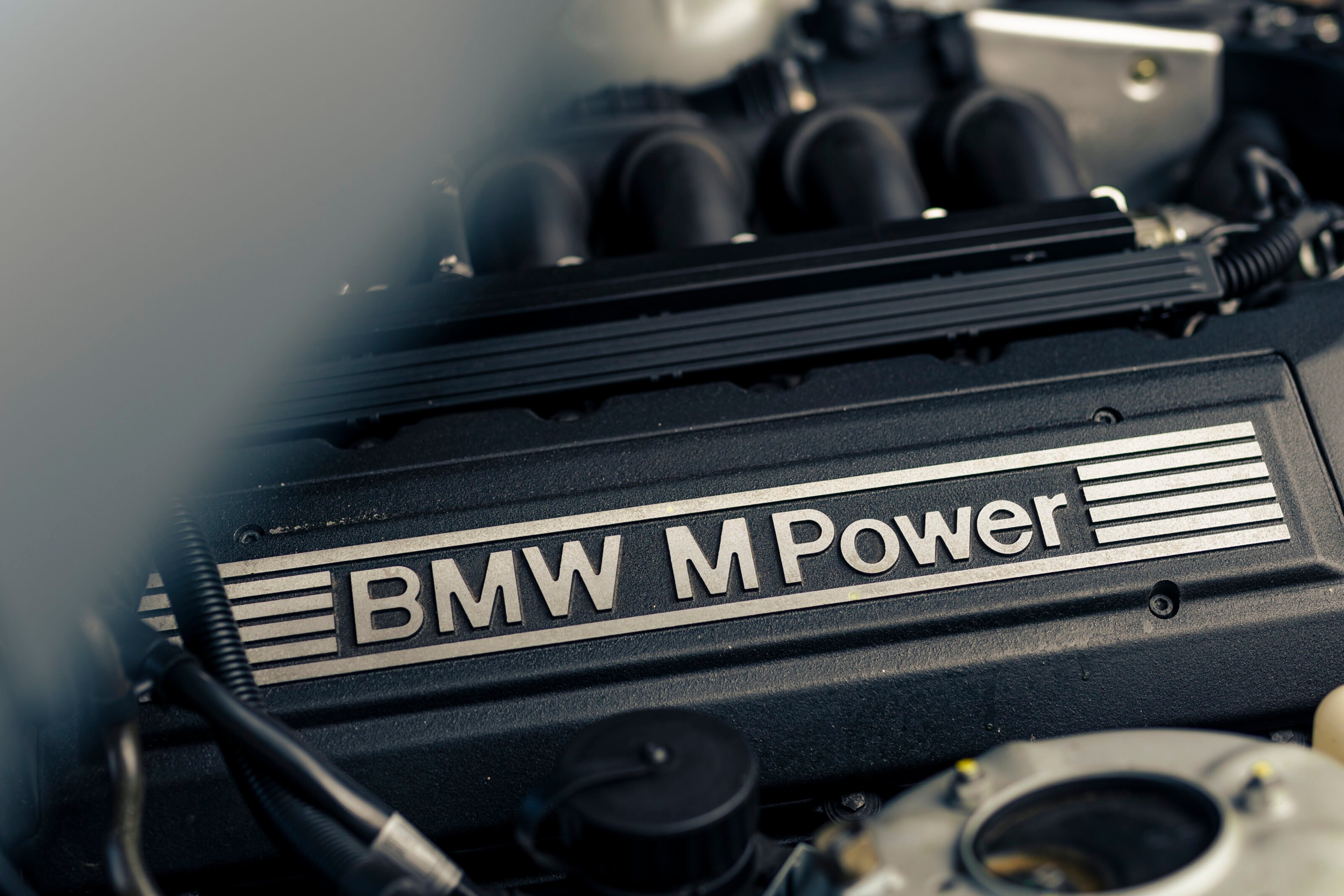
This additional body stiffness gave BMW’s chassis development team more options with suspension tuning, allowing the fitment of firmer springs and dampers versus the Roadster, while retaining the same gauge anti-roll bars. Firming up compression helped negate the noticeable toe change – and thus bump-steer – that afflicted the M Roadster.
Again, there were a couple of engines offered in the M Coupe. Initially, it was a choice of the 236kW S50 for most markets, with the US getting the 179kW S52. To give you some sort of idea as to how US-focused this car was, 2999 units were built with the US-spec S52 engine and a mere 2180 were shipped off overseas with the punchier S50 engine. German market cars had engines that clocked up a bizarre amount of mileage before they ever found owners, as the powerplants were built in Germany, shipped to the US to be mated with the M Coupe body in Spartanburg and then shipped back to Germany for sale.
No fewer than 11 body colours were initially offered on right-hand drive cars, comprising Alpine White III, Imola Red II, Dakar Yellow II, Evergreen, Cosmos Black, Black Sapphire Metallic, Arctic Silver Metallic, Titanium Silver Metallic, Boston Green Metallic, Oxford Green II Metallic and, of course, the hero launch colour, Estoril Blue Metallic, a paint finish that had first appeared on the E36 M3 in 1992.
Peter Robinson was again Wheels’ man on the spot for the first comparison test of the Z3 M Coupe, in this instance in the September 1998 issue where it faced a notably stern test against the then-new Porsche 996 Carrera in the UK. Whereas European markets also got a 2.8-litre six in the Z3 Coupe, Australia only received the flagship M Coupe, priced at $137,000 when it arrived on our shores, versus $183,900 for the entry-level 911. In other words, it already had a significant advantage out of the blocks.

It was quickly clear that the M Coupe was something quite special. Robbo reckoned “the improved suspension control allows for better handling when the road surface is rough. This lends a refinement and a cohesiveness to the driving that’s completely lacking in the Roadster,” he said at the time. “The rawness of all that power can’t be disguised – nor would you want to cloak it any way. Now you can punch out of lumpy second gear corners, lighting up the rear tyres if you insist, the Coupe tracking true and without body shiver. It’s going too far to say the steering is sensitive by ultimate standards – it’s too meaty for that. But this M changes direction more consistently and effortlessly, and is thus far more rewarding; it is also quicker and better riding on any undulating road.”
What it wasn’t was a better all-rounder than the Porsche 911, but while the evergreen Neunelfer was the better overall car, Robinson opined that “there are those, however, who find this newfound refinement excessive, as if some of the desirable 911-ness of character has been engineered out of the new car.
Maybe, in truth, such people were exactly those that the BMW engineers had in mind when they developed the M Coupe. By the standards of the new Porsche, this is a raw beast, loud, aggressive and extroverted.”
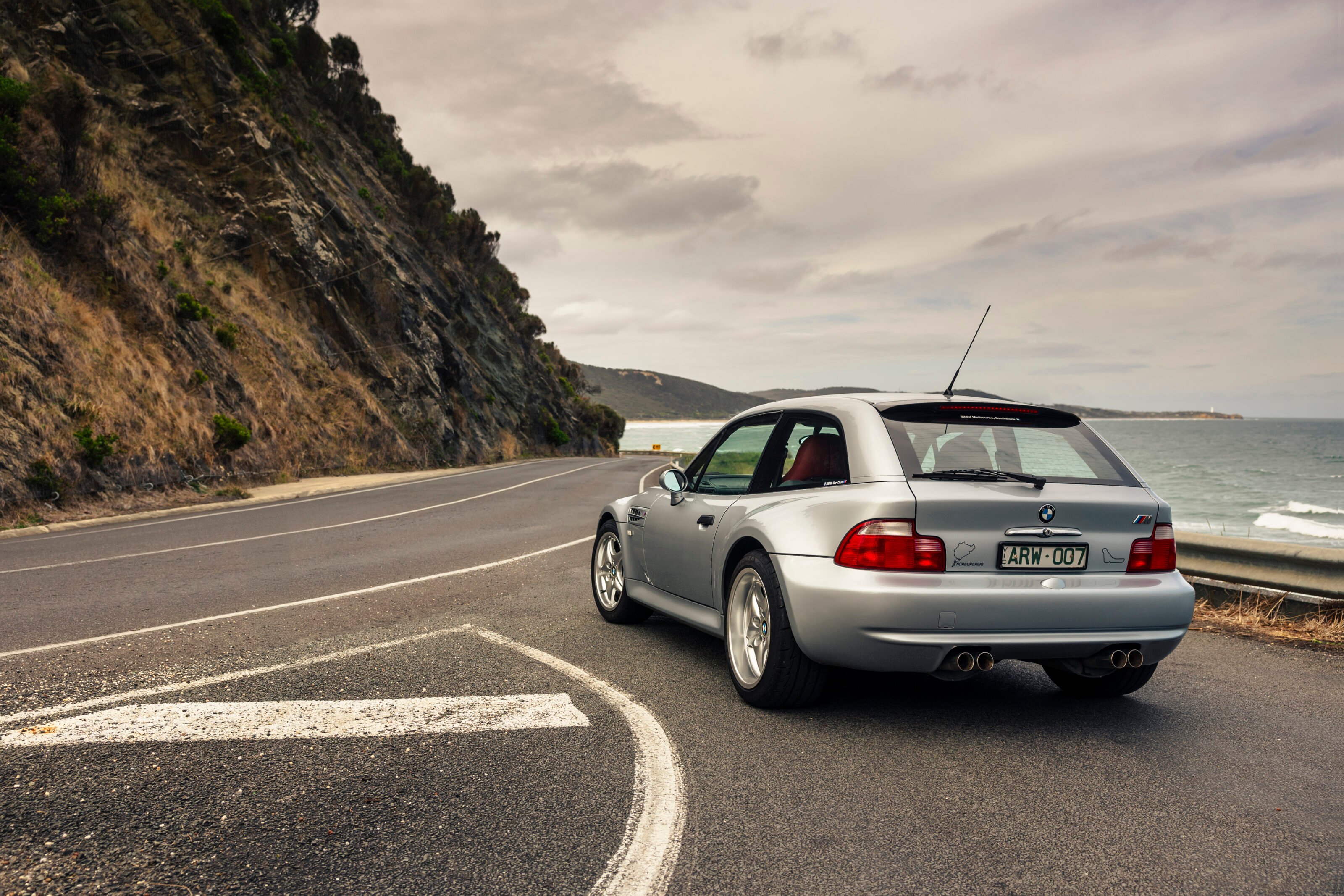
It was a telling point and one that helps explain the lasting appeal of the M Coupe. In a world where cars have become more sanitised and easier to drive, here was a vehicle with huge power and no stability control. Some form of electronic safety net appeared in February 2001 when, after a six-month production hiatus, all M Coupe models got the same BMW S54B32 engine as seen in the BMW E46 M3.
Now good for 252kW/365Nm in most markets (again, the Yanks were dudded), the engine was bored-out compared to the S50, now displacing 3246cc rather than 3201cc. Revised camshafts, finger follower valve actuation, an increased compression ratio, a Siemens MSS54 ECU with electronic throttle control (allowing the fitment of Dynamic Stability Control) were all introduced with the S54 lump.
The colour palette was also subtly revised, the most significant change being the introduction of Laguna Seca Blue. Some modest aesthetic changes, such as revised dials, curved M-badging and a revised rear-view mirror also debuted. A total of 1112 M Coupes were built with the S54, 678 of which stayed in the US. In other words, a right-hand drive S54-engined M Coupe is a rare beast, with only 165 ever built. With an attrition rate of around 25 per cent, there’s probably little over 100 cars still in circulation. The 40 S54-engined cars sent to South Africa were equipped by the importer with AC Schnitzer suspension and exhaust, a short shift kit, a unique gear knob and 18-inch Type III alloys.
Opinions differ as to which is the better installation. Some prefer the analogue throttle action and the rawness of the S50-engined car while others lean towards the extra refinement and broader spread of torque of the S54. BMW also ironed out some of the teething issues with the double-VANOS system with the S54 unit. It also solved the irritating issue with the throttle cable stretching on the S50 engine.
One malady that can affect all vintages of M Coupe is that flex from the differential can pop both the rear cross member welds and the boot floor spot welds. Aftermarket bracing kits fix this and are recommended. You’ll also need to remember that with a 51-litre fuel tank and a fuel thirst that can easily climb above 25L/100km, you’ll have less range than most EVs if you pedal an M Coupe hard.
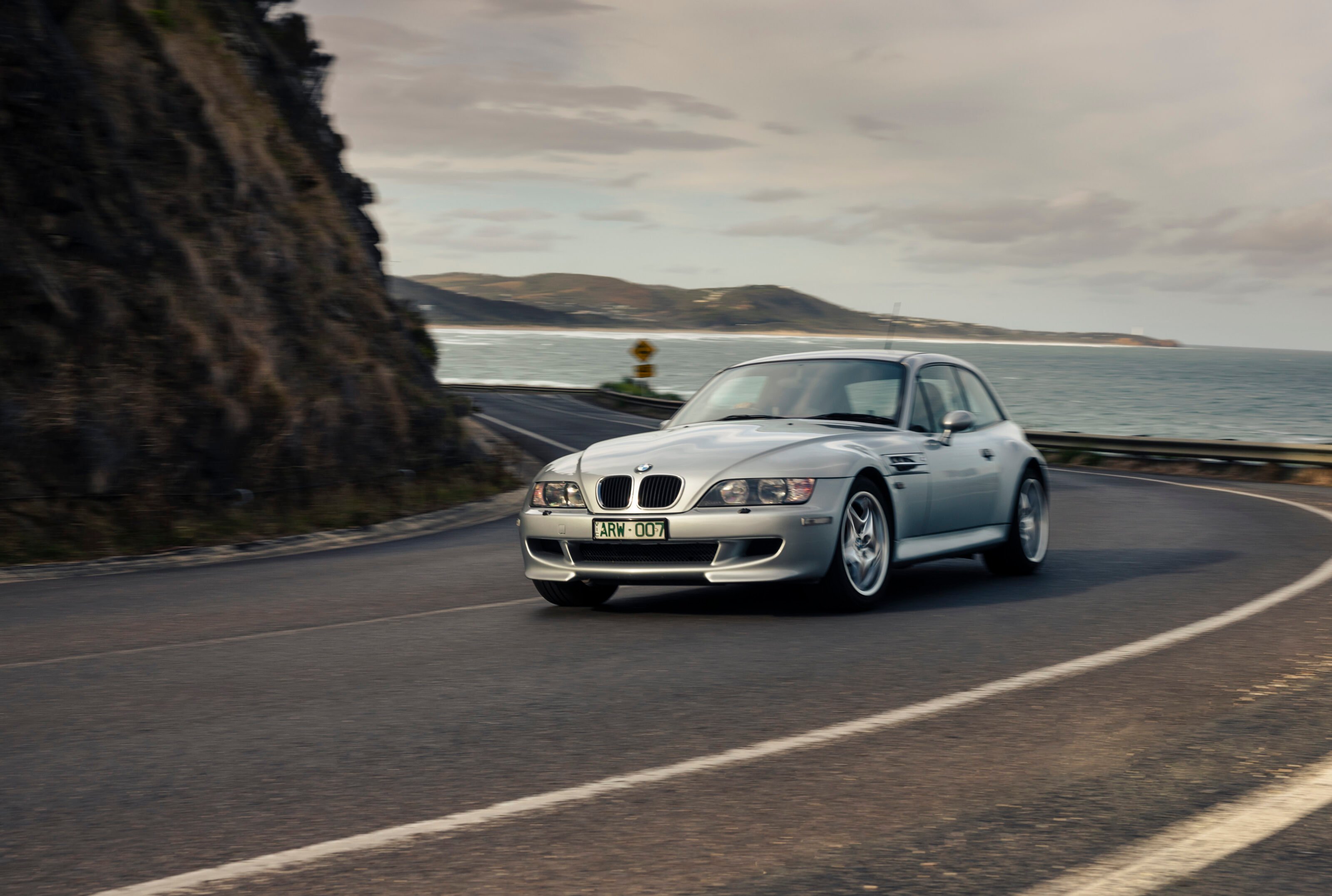
Still, by today’s standards, the Z3 M Coupe isn’t in the senior league of quick cars. At 5.4 seconds to 100km/h, it’s in the same ballpark as a Honda Civic Type R, and it’d take a very skilled and determined driver to keep the Honda in sight on a challenging road. Nevertheless, it’s plenty quick enough to have fun, and it demands a focus and intensity, the cab-back driving position making it always feel an occasion. You feel the rear suspension at work, you have to manage the weight transfers of the car deftly, and the straight-six engine is never anything less than magnificent. Sure, you’ll go quicker in lots of modern cars, but it’s doubtful that many of them are more of an event, in this price bracket at least.
What’s more, everybody wants to talk to you about your ‘clown shoe’, your ‘bread van’ or any one of the many nicknames that the M Coupe has worn over the years. Auto Motor und Sport even dubbed it “a bullfrog with a damaged hip”. Talk about a harsh appraisal. The Z3 M Coupe lasted in production until May 2002, whereupon Z3 manufacture as a whole was ceased.
Today, any version of the Z3 M Coupe is highly collectible. Because of their limited production run, and consequent attrition rate, the law of supply and demand ensures that prices are punchy. The opening price is around $100,000 for higher mileage cars, lifting closer to $150,000 for the very best available. That’s almost double what you’d expect to pay for manual E46 M3s, which are, objectively at least, superior cars.
That’s the magic of the M Coupe. Because it looks so odd, is so rare, and its development backstory is so interesting, it has generated a cult following. These cars don’t happen very often, and they’re increasingly difficult to justify in this day and age. If you hanker for a throwback, the Z3 M Coupe is a very singular choice. It’s cramped, noisy, angry and unapologetically of its era, but it’s hard not to love. And if you do choose one, look after it and drive it. You at least owe us that.
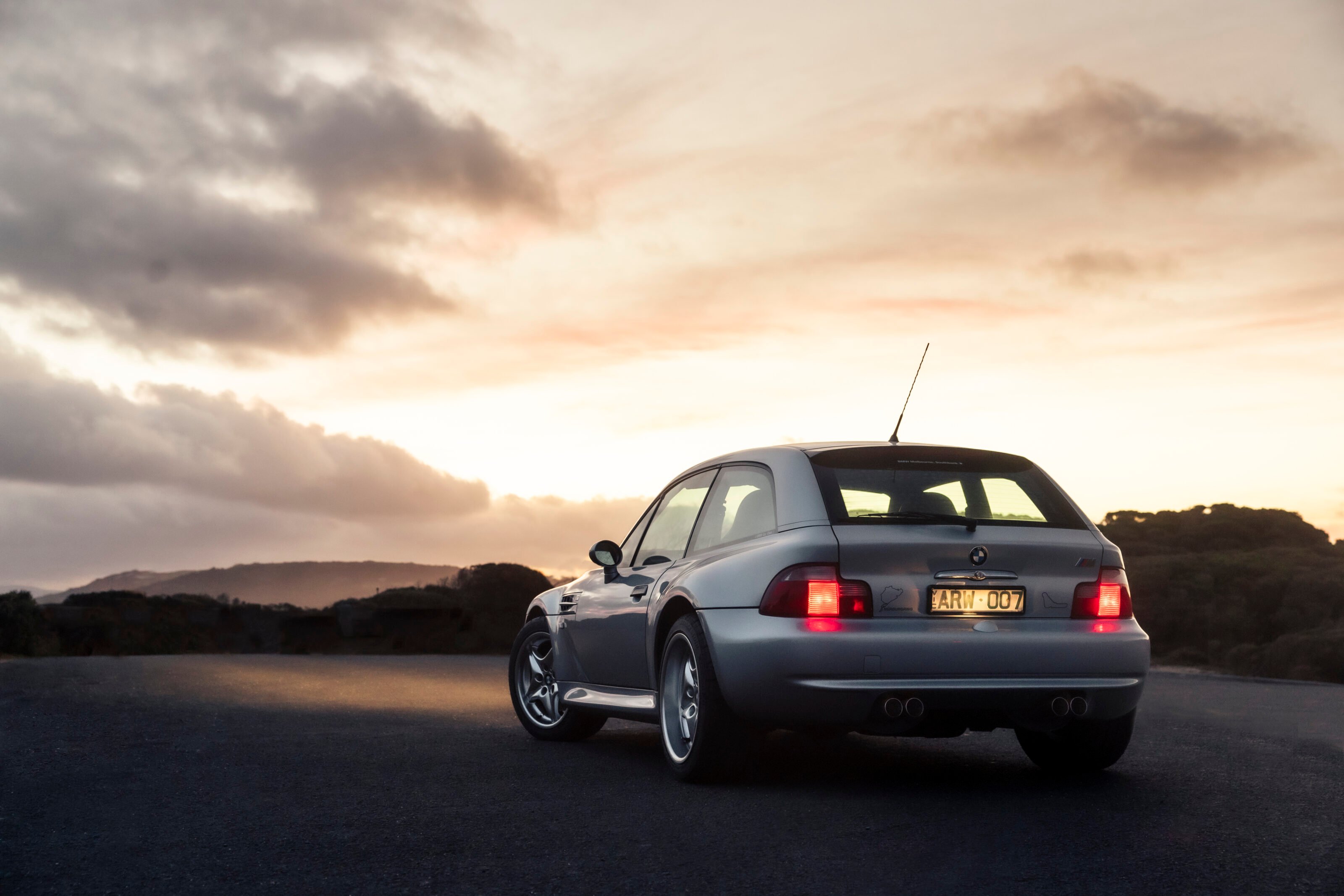
This article originally appeared in the Modern Classic section of the May 2025 issue of Wheels – subscribe here.



